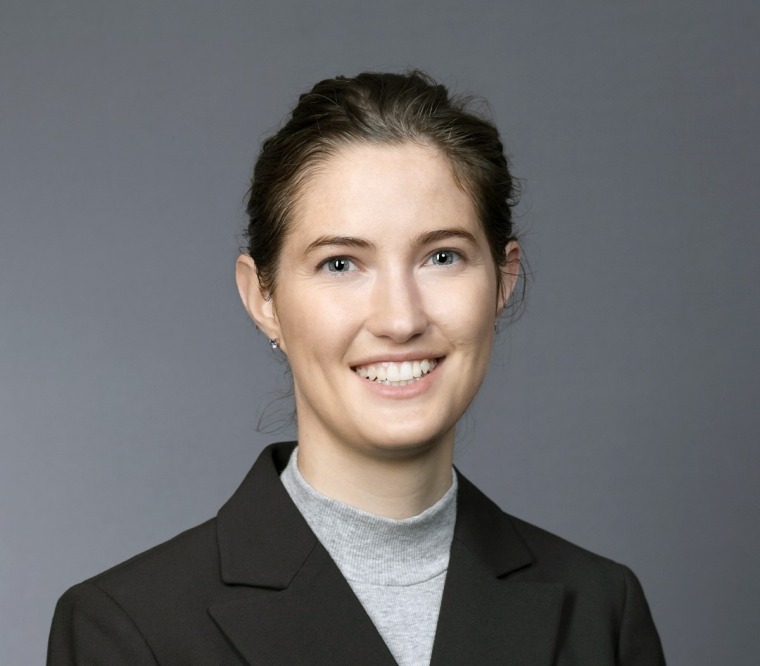Katherine Hauck
Employment
Post-Doctoral Scholar, Northwestern University, 2023-2024
Education
Ph.D., Economics, University of Arizona, 2023
MA, Economics, University of Arizona, 2019
BA, Mathematics, The University of Iowa, 2018
BBA, Economics with Honors, The University of Iowa, 2018
Primary Fields of Specialization
Economics History, Industrial Organization, Applied Microeconomics
Curriculum Vitae
Job Market Paper
“Dynamic Learning over Beliefs about Farming in the American West”
Download Job Market Paper (PDF)
Homesteaders in the late 1800’s learned about their ability to farm and would acquire the title after several years. We model this by extending the popular dynamic optimization model by Rust (1987) to allow agents to change their information sets over time and to update their beliefs. In particular, we allow for dynamic optimization, unobserved types, and allow these types to have biased beliefs. We collect data from the Bureau of Land Management, Kansas agricultural census, and Kansas county Registers of Deeds and match these data at the individual level. We find that if the U.S. government had not offered homesteading, then 31% of the homesteaders would buy the land and 69% would opt not to farm. Our results indicate that without the Homestead Act, the speed of western expansion would have been reduced by 38%.
Other Research Papers
“Crops versus Fences: Did Homesteaders and Purchasers Follow Different Investment Strategies in Their Land?”
Download Paper (PDF)
The Homestead Act of 1862 created a substantially cheaper way of acquiring farmland, raising the following question: To what extent and through what mechanisms did the Homestead Act change agricultural productivity and farmer types? This paper explores the causal effect of farmer selection into different methods of acquiring land on farm productivity at the individual level in the 1860’s, 1870’s, and 1880’s in Kansas. I model this question using an instrumental variable approach, exploiting the unique administrative requirements of homesteading. I find that purchasers and homesteaders use different farming strategies: homesteaders initially invest in crops and livestock, while purchasers initially invest in durable improvements like fences. While homesteaders initially produce more agricultural output, after about eighteen months, purchasers surpass homesteaders.
“Forward Induction and Dynamic Optimization under Uncertainty”
Download Paper (PDF)
Backward induction is a workhorse’ to solve dynamic optimization problems. However, this technique assumes full information and works less well when an individual learns through updating prior beliefs or test results. To solve this problem, we integrate the function of interest with respect to the distribution conditional on the parameters and then integrate again with respect to the prior beliefs. We allow for both updating prior beliefs and future treatments that depend on future tests, and we show that this technique is feasible in many contexts.
“Individual Level and Farm Level Homesteading Characteristics”
Download Paper (PDF)
This paper uses multiple individual-level data sources to lay the groundwork for understanding who acquired land through homesteading, direct purchase, military warrants, railroad grants, pre-emption, and resale, what type of land each chose, and how they farmed it. I find that land characteristics at the plot level are statistically significant predictors of how the land was privatized. Likewise, land and demographic characteristics are generally statistically significant predictors of the type of agricultural production on the farm. Reselling land could be highly profitable for farmers, with an average price of approximately $7 per acre.
Research Statement
Download Research Statement (PDF)
Teaching Statement
Download Teaching Statement (PDF)
References
Prof. Price Fishback (Committee Chair)
Prof. Tiemen Woutersen
Prof. Joel Mokyr
Prof. Mo Xiao
Prof. Juan Pantano


